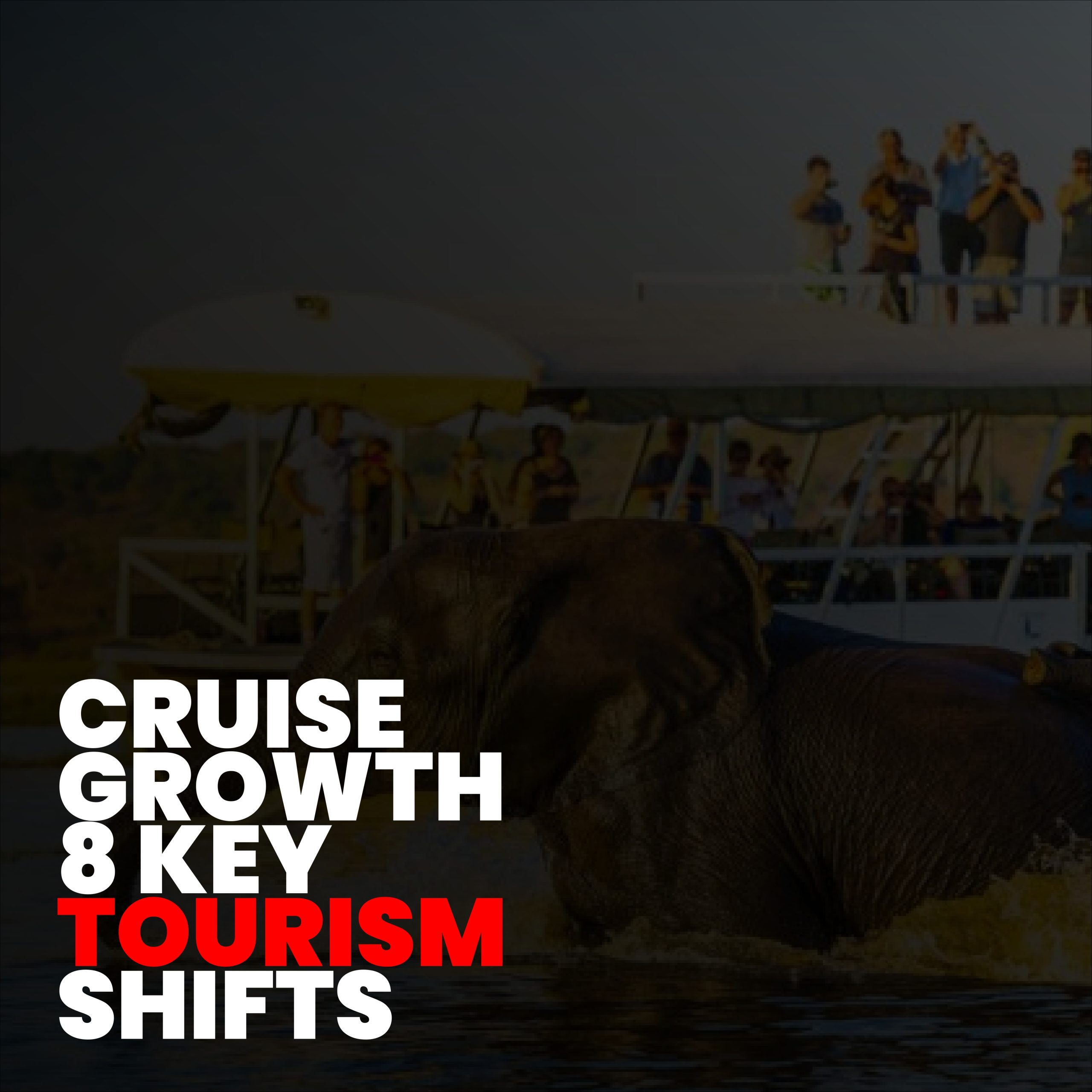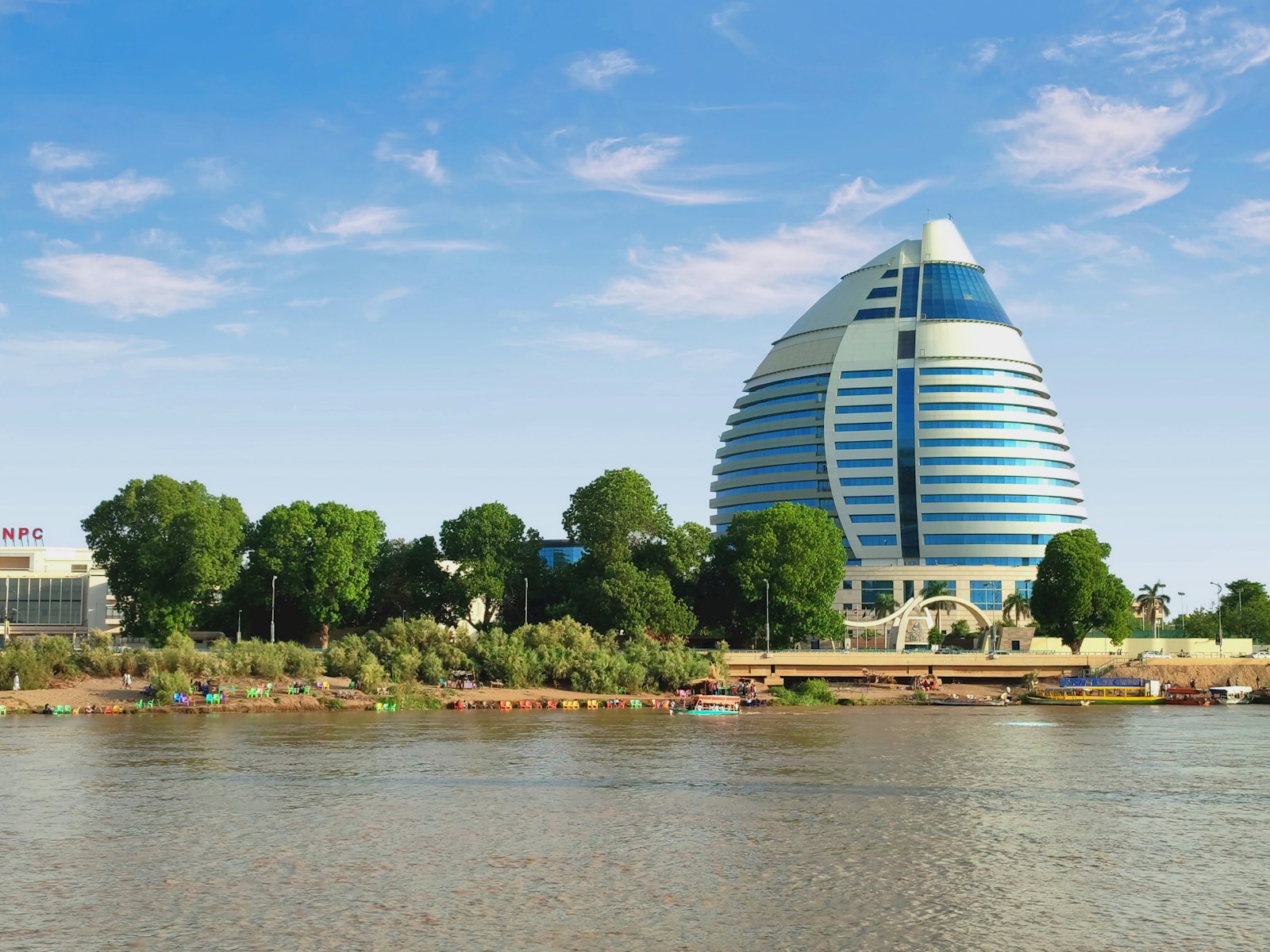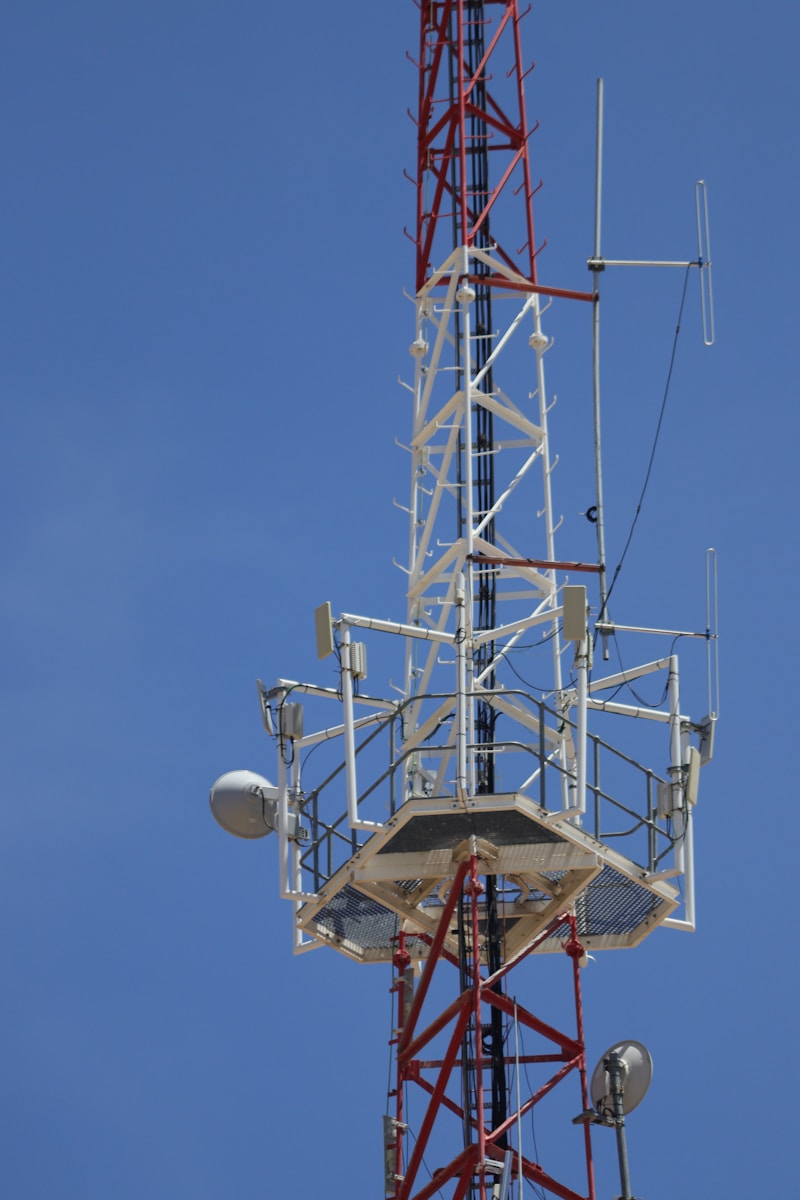Introduction
The Luanda Summit between the African Union and European Union arrives at a moment when global change is accelerating and regional alliances are being tested. Hosted in Angola, the summit marks 25 years of formal AU-EU partnership under the theme “Promoting Peace and Prosperity Through Effective Multilateralism.” Both continents face pressing challenges: rising security tensions, climate impacts, economic pressures, digital disruption, and shifting geopolitical priorities. The discussions in Luanda go beyond routine diplomacy and aim to build a modern framework that strengthens cooperation in ways that benefit citizens, businesses, and institutions. Whether the summit becomes a symbolic gathering or a pivotal event depends on how effectively leaders convert ideas into action in the months ahead.
Luanda Summit and the Transition to a Modern Partnership
The Luanda Summit acknowledges that Africa-Europe relations are entering a new phase defined by strategic interests rather than aid-dependent frameworks. Africa is asserting its political agency, demanding fairer trade, stronger value chains, and industrial growth. Europe seeks stability, safe supply routes, and partnerships compatible with its green and digital goals. Luanda serves as a platform to re-design outdated structures and create cooperation that aligns with the realities of global competition and regional priorities. Discussions revolve around equity, co-decision-making, and transparent mechanisms that ensure accountability. If leaders embrace this shift, the partnership can move from rhetoric toward a balanced model rooted in shared goals.
Luanda Summit and Security Solutions in an Unstable World
The Luanda Summit places security at the heart of AU-EU cooperation. Several African regions face ongoing conflict, political transitions, and extremist activity. These challenges disrupt development and increase humanitarian pressures. Europe also feels the effects through irregular migration, security risks, and weakened trade routes. In Luanda, African leaders call for sustainable financing for African-led peace missions, stronger conflict-resolution tools, and improved governance structures. European leaders emphasise early intervention and integrated security-development approaches. The summit aims to build mechanisms that encourage political dialogue, reduce tensions, and enhance the capacity of regional peace institutions. Stronger cooperation could lead to long-term stability that benefits both continents.
Luanda Summit and Expanding Economic Opportunities
The Luanda Summit highlights economic cooperation as a central pillar of future AU-EU relations. Africa is home to some of the fastest-growing urban populations and has immense potential in agriculture, manufacturing, renewable energy, and digital services. However, structural challenges limit the continent’s ability to fully benefit from these opportunities. Europe wants to extend its partnerships and secure reliable supply chains in an increasingly competitive global marketplace. In Luanda, leaders explore investment models that promote industrialisation, modern agriculture, and small business development. The summit also examines ways to reduce trade barriers and strengthen regional value chains. Effective economic cooperation could create jobs, expand markets, and support long-term prosperity.
Luanda Summit and Reforming Global Financial Architecture
The Luanda Summit comes at a time when many African countries face debt pressures, currency volatility, and limited fiscal space. Traditional financial frameworks have proven slow and often unfair in addressing these issues. African leaders are pushing for reforms that provide greater flexibility, quicker debt restructuring, and more access to affordable finance. European leaders recognise that financial instability undermines regional stability and weakens global markets. In Luanda, discussions focus on blended finance, reallocation of special drawing rights, climate-linked financing tools, and mechanisms that support vulnerable economies. The summit aims to promote a more inclusive global financial system that can address development needs without creating new debt burdens.
Luanda Summit and Addressing Climate Vulnerability
The Luanda Summit underscores climate change as a shared existential threat. Africa experiences some of the world’s most severe climate impacts, including droughts, disasters, and agricultural stress, despite contributing the least to global emissions. Europe needs reliable partnerships to meet green transition targets and secure clean energy sources. In Luanda, the conversation centers on renewable energy, climate adaptation funding, sustainable farming techniques, and technology transfer. African states demand climate finance that is accessible and does not worsen debt. Europe aims to build joint climate projects that benefit both regions. Strong climate cooperation could protect communities, strengthen ecosystems, and accelerate the global shift toward sustainability.
Luanda Summit and Digital Innovation for Shared Growth
The Luanda Summit identifies digital transformation as a crucial area of modern cooperation. Africa’s digital economy is expanding quickly, yet gaps in infrastructure, digital literacy, and cybersecurity remain significant. Europe has advanced digital systems and regulatory expertise that can support inclusive digital growth. In Luanda, leaders discuss common standards for data protection, partnerships for expanding broadband access, and programs that equip young people with skills for digital careers. Support for innovation hubs, fintech solutions, and online education is also on the agenda. Digital collaboration offers opportunities for job creation, faster public services, and deeper economic integration between the two continents.
Luanda Summit and Building Fair Migration Pathways
The Luanda Summit approaches migration through a balanced lens that sees mobility as a driver of development rather than a crisis. Africa’s young workforce is looking for career and education opportunities, while Europe faces labour shortages in key sectors. In Luanda, leaders examine pathways for structured mobility, including student visas, vocational training exchanges, and temporary work programs. The summit also addresses challenges such as smuggling networks and unsafe migration routes. Well-designed mobility agreements can support economic growth, protect migrants, and ensure that movement happens through safe and legal channels. These pathways also build social and cultural links between both continents.
Luanda Summit and Youth as Drivers of Transformation
The Luanda Summit gives meaningful space to youth leaders, entrepreneurs, and innovators whose contributions are essential to future AU-EU cooperation. Africa’s median age is under 20, making young people central to debates about employment, education, climate, and governance. European youth movements also advocate strongly for environmental protection and social justice. In Luanda, youth representatives propose solutions related to digital innovation, green jobs, gender equality, and civic participation. Their involvement adds energy and accountability to the summit process. Ensuring that youth voices influence implementation will be key to building sustainable, community-driven frameworks in the years ahead.
Luanda Summit and the Power of Civil Society and Private Sector Partnerships
The Luanda Summit recognises that government-to-government cooperation is not enough. Civil society organisations and private sector actors are essential in shaping policies and delivering development outcomes. Businesses from both continents are exploring opportunities in infrastructure, health, clean energy, and digital services. Civil society groups advocate for transparency, human rights, and environmental protection. In Luanda, recommendations from these groups help shape the partnership’s direction. Their participation ensures that the AU-EU agenda remains grounded in local realities and capable of producing measurable community benefits rather than theoretical political commitments.
Luanda Summit and the Road to Implementation
The Luanda Summit will conclude with a joint declaration outlining commitments in peacebuilding, economic development, climate action, and digital innovation. However, past experiences show that implementation is often the greatest challenge. In Luanda, leaders stress the need for clearer timelines, transparent monitoring tools, and strong accountability systems. Each commitment requires defined responsibilities, budget plans, and follow-up mechanisms. Collaboration between governments, private actors, and civil society will be essential for sustaining progress. If the implementation framework is strong, the summit could transform political commitments into practical improvements that reach households, businesses, and institutions across both regions.
FAQs
What is the main goal of the Luanda Summit?
The Luanda Summit aims to strengthen AU-EU cooperation on peace, investment, climate, digital transformation, and global governance reforms.
Why is the Luanda Summit significant for Africa and Europe?
The Luanda Summit is significant because it aligns both regions’ priorities and seeks to create a modern, equitable partnership based on shared interests.
What outcomes can be expected from the Luanda Summit?
The Luanda Summit is expected to produce new commitments on security, climate finance, economic investment, and structured migration.
Conclusion
The Luanda Summit represents a major opportunity for Africa and Europe to reset their partnership for a new era marked by global uncertainty and regional ambition. With discussions spanning peace, financial reform, economic growth, digital innovation, and climate resilience, the summit reflects the complex challenges and opportunities both regions face. Implementation will determine whether Luanda becomes a symbolic meeting or a historic turning point. If commitments are followed by concrete action, the summit could create a more stable, prosperous, and cooperative future for citizens across both continents.




